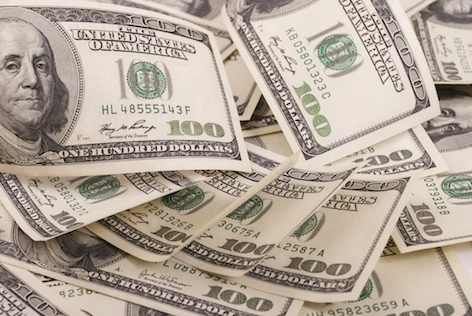What Is the Money Supply?
The money supply is all the currency and other liquid instruments in a country’s economy on the date measured. The money supply includes cash and deposits that can be used almost as quickly as cash.
Governments issue paper currency and coins by combining their central banks and treasuries. Bank regulators influence the money supply available to the public through the requirements placed on banks to hold reserves, how to extend credit and other money matters.

KEY TAKEAWAYS
- The money supply refers to the amount of cash or currency circulating in an economy.
- Different money supply measures take non-cash items like credit and loans into account.
- Monetarists believe that increasing the money supply; all else equal leads to inflation.
Understanding Money Supply
Economists analyze the money supply and develop policies revolving around it by controlling interest rates and increasing or decreasing the amount of money flowing into the economy. Public and private sector analysis is performed because of the money supply’s possible impacts on price levels, inflation, and the business cycle. In the United States, the Federal Reserve policy is the most crucial deciding factor in the money supply. The money supply is also known as the money stock.

$20.55 TRILLION
As of December 2021, the Federal Reserve reports the M1 money supply was a record $20.55 trillion.1
Effect of Money Supply on the Economy
An increase in the supply of money typically lowers interest rates, which in turn, generates more investment and puts more money in the hands of consumers, thereby stimulating spending. Businesses respond by ordering more raw materials and increasing production. The increased business activity raises the demand for labor. The opposite can occur if the money supply falls or its growth rate declines.
Change in the money supply has long been considered a critical factor in driving macroeconomic performance and business cycles. Macroeconomic schools of thought that focus heavily on the role of money supply include Irving Fisher’s Quantity Theory of Money, Monetarism, and Austrian Business Cycle Theory.
Historically, measuring the money supply has shown relationships between inflation and price levels. However, since 2000, these relationships have become unstable, reducing their reliability as a guide for monetary policy. Although money supply measures are still widely used, they are one of many economic data that economists and the Federal Reserve collect and review.
How Money Supply Is Measured
The various types of money in the money supply are generally classified as Ms, such as M0, M1, M2, and M3, according to the type and size of the account in which the instrument is kept. Not all classifications are widely used, and each country may use different categories. The money supply reflects the different types of liquidity each type of money has in the economy.
M1, for example, is also called little money and includes coins and notes in circulation and other money equivalents that can be converted easily to cash. M2 has M1 and, in addition, short-term time deposits in banks and certain money market funds.2 M3 includes M2 in addition to long-term warranties. However, M3 is no longer included in the reporting by the Federal Reserve.
Money supply data is collected, recorded, and published periodically, typically by the country’s government or central bank. The Federal Reserve in the United States measures and prints the total M1 and M2 money supplies weekly and monthly. They can be found online and are also published in newspapers.
What Happens When the Federal Reserve Limits the Money Supply?
A country’s money supply has a significant effect on a country’s macroeconomic profile, particularly on interest rates, inflation, and the business cycle. In America, the Federal Reserve determines the level of monetary supply. When the Fed limits the money supply via contractionary or hawkish monetary policy, interest rates rise, and the cost of borrowing increases. This can dampen inflationary pressures but also risk slowing down economic growth.
How Is Money Supply Determined?
A central bank regulates the level of money supply within a country. A central bank can undertake actions that follow an expansionary or contractionary policy through monetary policy. Expansionary policies involve increasing the money supply through open market operations, where the central bank purchases short-term Treasuries with newly created money, thus injecting cash into circulation. Conversely, a contractionary policy would involve selling Treasuries, removing money from circulating in the economy.
What’s the Difference Between M0, M1, and M2?
In the United States, the money supply is categorized by various monetary aggregates, including M0, M1, and M2. The Federal Reserve uses these to measure how open market operations impact the economy. The economic base, or M0, equals coin currency, physical paper, and central bank reserves. M1, typically the most commonly used aggregate, covers M0 and demand deposits and travelers’ cheques. Meanwhile, M2, which may be used as an indicator of inflation compared to GDP, covers M1 in addition to savings deposits and money market shares.
